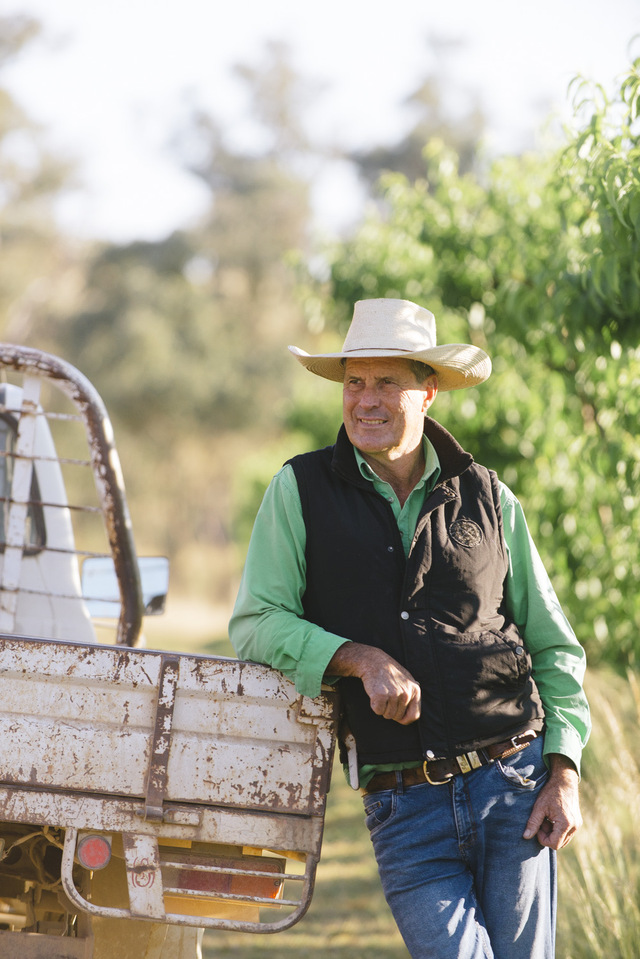Digital Edition
Subscribe
Get an all ACCESS PASS to the News and your Digital Edition with an online subscription
Artworks to host special fundraising exhibition for Stanthorpe’s late Bruce Ward
Artworks Granite Belt is inviting the community to a celebratory fundraising exhibition on Thursday, 22 January, featuring the work of the late Bruce Ward....









